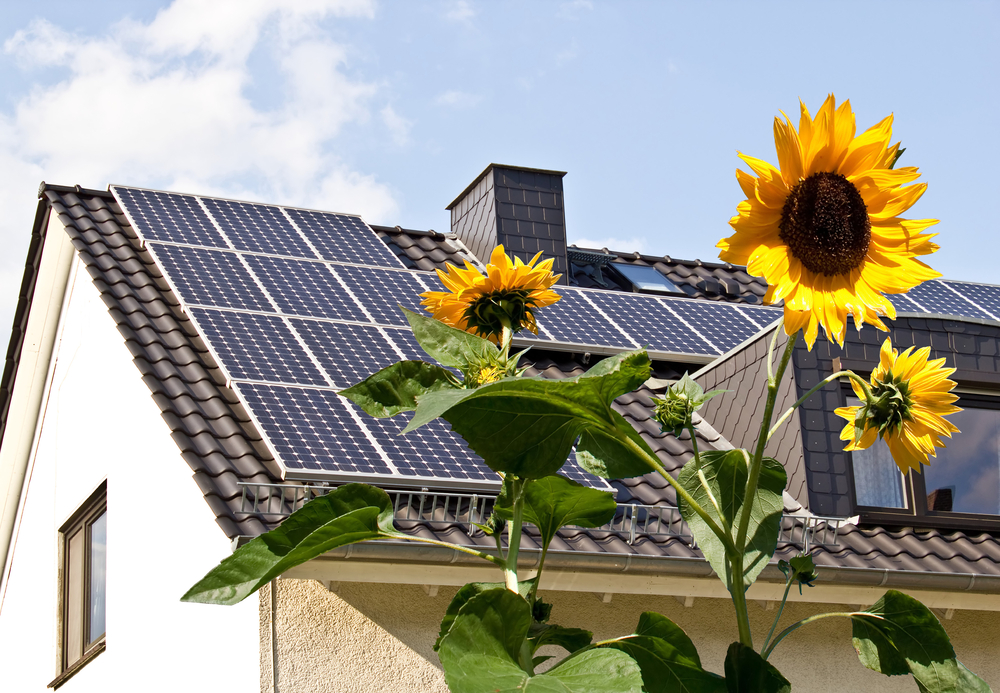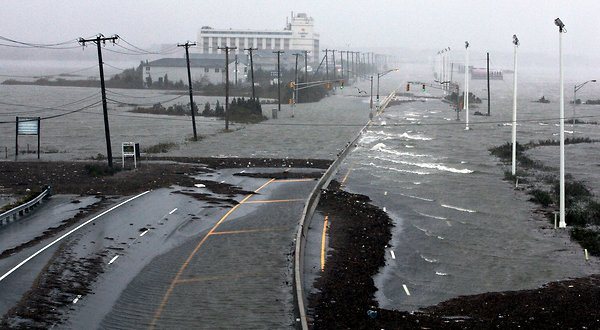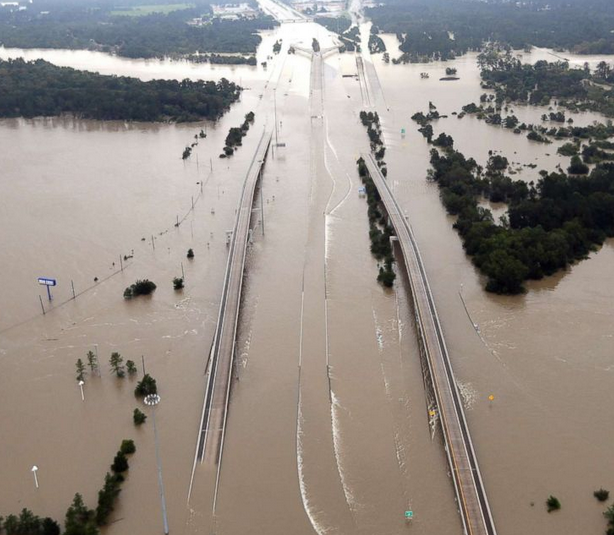Tenant Insurance Compliance
Optimizing COI Tracking
It might seem straightforward to require that tenants provide proof of insurance when a lease is signed. However, managing a Certificate of Insurance (COI) for every tenant along with insurance policy endorsements and ensuring continuous coverage can be very challenging. Read on for a deeper dive with tips to successfully overcome challenges for maintaining tenant […]



